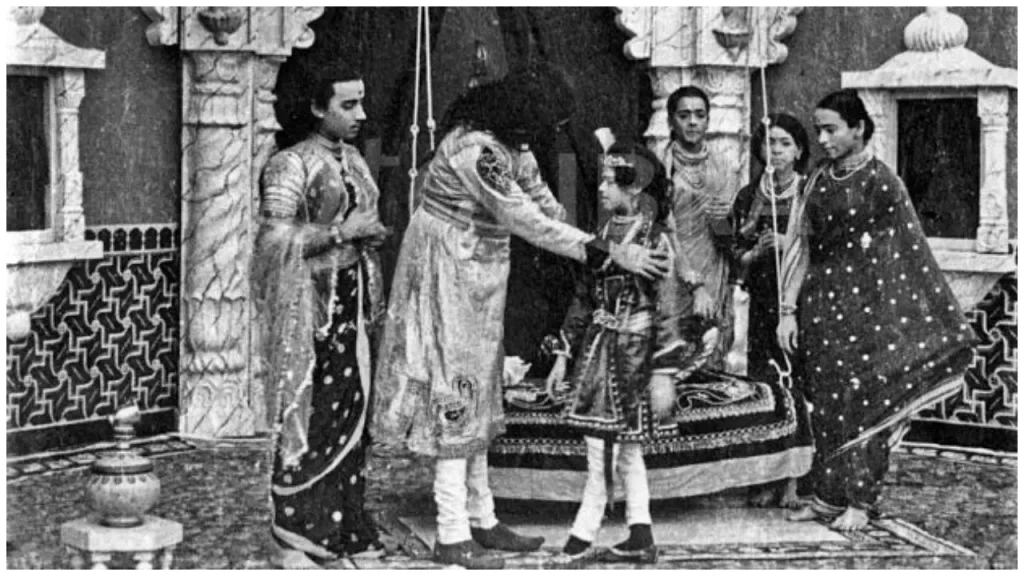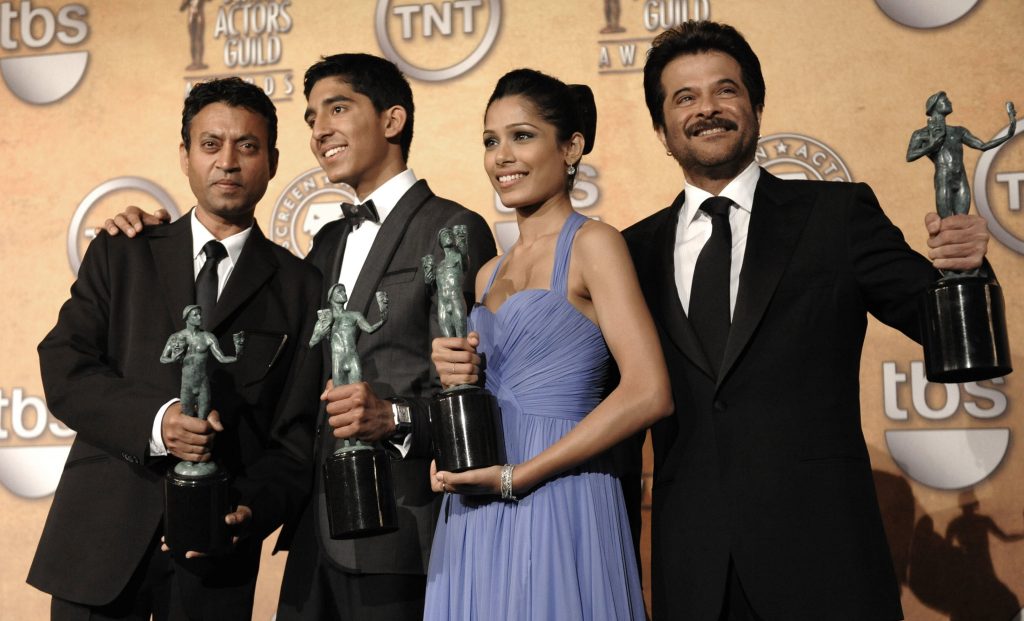
Celebrating “110 Years of Indian Cinema”: A Glorious Journey Of Art, Entertainment, And Cultural Impact.
Date:

Share post:
Introduction:
Indian cinema, fondly known as Bollywood, completes a remarkable milestone as it celebrates 110 years of captivating audiences worldwide. From its humble beginnings in 1913 to its global prominence today, Indian cinema has evolved into a powerhouse of creativity, emotions, and cultural impact. Let us embark on a journey through time, exploring the vibrant tapestry of Indian cinema and its profound influence on both the film industry and society.
The Birth of Indian Cinema:
The inception of Indian cinema can be traced back to 1913 when the first full-length Indian feature film, “Raja Harishchandra,” directed by Dadasaheb Phalke, was released. This silent film marked the beginning of a new era in Indian storytelling. Despite facing numerous challenges and limited resources, Phalke’s pioneering efforts laid the foundation for a burgeoning film industry.

Evolution and Growth:
Over the years, Indian cinema has undergone a significant transformation. From silent films, the industry embraced sound, color, and technological advancements, ushering in a new era of storytelling. The ’50s and ’60s saw the emergence of timeless classics and the birth of iconic actors such as Dilip Kumar, Raj Kapoor, and Dev Anand, who became cultural icons and shaped the golden era of Indian cinema.
The 1970s and 1980s witnessed the rise of the “masala” genre, characterized by a mix of romance, action, and drama. Amitabh Bachchan, the “angry young man” of Indian cinema, became a megastar and a cultural phenomenon during this period. Movies like “Sholay” and “Deewar” captured the imagination of audiences, leaving an indelible mark on Indian cinema.
New Age Cinema and Global Recognition:
The 1990s marked a turning point in Indian cinema with the emergence of new voices, experimental narratives, and a departure from conventional storytelling. Filmmakers like Mani Ratnam, Ram Gopal Varma, and Aditya Chopra explored different genres and brought a fresh perspective to Indian cinema. This era also witnessed the global recognition of Indian films with movies like “Lagaan,” “Dilwale Dulhania Le Jayenge,” and “Slumdog Millionaire” receiving critical acclaim and winning prestigious international awards.
Also Read:Connecting India, Revolutionizing Rail Travel with Vande Bharat Express on Key Routes

Diversity and Regional Cinema:
One of the unique aspects of Indian cinema is its diversity, both in terms of language and regional flavors. Alongside Hindi films, regional cinema in languages such as Tamil, Telugu, Malayalam, Bengali, and Marathi has flourished, producing exceptional movies and talents. Regional films have gained recognition not only within India but also on international platforms, showcasing the rich tapestry of Indian culture and storytelling traditions.
Social Impact and Cultural Influence:
Indian cinema has always been a mirror of society, reflecting its joys, struggles, and aspirations. It has played a crucial role in addressing social issues, breaking stereotypes, and promoting progressive ideas. From highlighting women’s empowerment and LGBTQ+ rights to tackling societal taboos, Indian films have sparked conversations and contributed to positive social change. Movies like “Taare Zameen Par,” “Pink,” and “Article 15” have initiated dialogues on important social topics.

Beyond Entertainment: Music, Dance, and Fashion:
Indian cinema is not just about films; it is a treasure trove of music, dance, and fashion. From soul-stirring melodies to energetic dance sequences, the music of Indian films has captured the hearts of millions. Legendary composers like R.D. Burman, A.R. Rahman, and Lata Mangeshkar have created timeless melodies that transcend borders. The vibrant and glamorous fashion trends showcased in Indian films have also influenced global fashion, making a significant impact on the industry.
Conclusion:
As Indian cinema completes 110 years, it stands tall as a testament to the power of storytelling and the immense talent within the industry. From the black and white era to the era of blockbusters and digital streaming platforms, Indian cinema has come a long way. It has not only entertained audiences but also contributed to cultural diversity, social awareness, and artistic innovation. As we celebrate this milestone, let us cherish the magic of Indian cinema and look forward to the countless stories yet to unfold on the silver screen.
Also Read:Spelling Bee Phenom-Dev Shah’s Journey to Becoming the U.S. National Champion
